Share
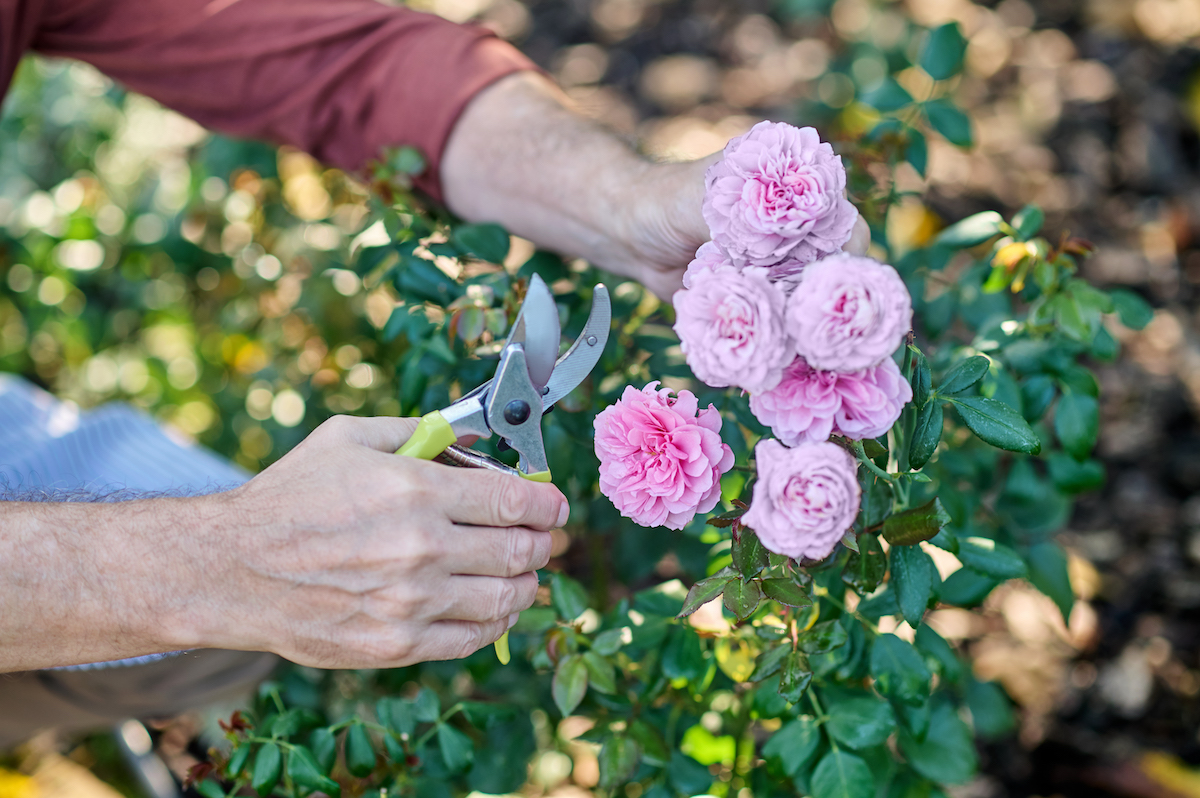
How to Care for Your Roses so That They Re-Bloom
Summer is in full swing and although your vegetable garden may be bursting with buds and fruit, your rose garden may be looking a little sad. Many gardeners neglect or give up on their roses in the summer, seeing the quality of the bloom decline as temperatures increase.
What Happens to Roses in the Summer Heat?
Roses do not like the high summer heat. Blossoms do tend to be smaller and the colors are not quite as vivid because the summer heat forces the blooms to open before blossom size and color pigment have completely developed. Don’t fret! Given the proper care your roses can continue to bloom throughout the summer. Just focus on the four key care steps: pruning, watering, fertilizing and pest & weed control.
Pruning
There are two ways to prune roses during the growing season and both will encourage new blooms. Most roses have leaflets (with three to seven leaves) every couple of inches along the stems. In order to produce blooms you need to prune at least to the first five-leafed leaflet. (Tip: Prune just above the leaflet to avoid dead stems above the leaves called coat hangers.)
If you want to prune more aggressively for size control, you can go as far down as two leaflets above the previous season’s cut. Pruning beyond the previous season’s cut tells the rose you don’t want it to bloom. Remember that hybrid tea and grandiflora rose stems tend to grow at least 18 inches after each pruning before blooming; so, if you prune only the minimum amount you will have very tall (and possibly leggy) roses by the end of summer.
The most important pruning one can do is “deadheading” your old blooms. For more tips on deadheading roses, read our expert advice here.
Watering Your Roses
Since Roses don’t love heat, it’s important to keep a regular watering schedule for them. The watering schedule depends on how established your roses are. For newly planted roses, watering deeply once a week is key. It will promote healthier, deeper root growth and make sure that the rose does not get dried out. More established roses are quite drought tolerant and can go closer to two weeks between watering.
It’s important not to wet the foliage of roses, it can promote diseases and pests.
Fertilizing Your Roses
Starting in Spring, it’s important to feed roses every 6 weeks with quality fertilizer formulated for roses. We suggest using G&B Organics Rose & Flower Fertilizer, and feeding consistently through the end of July. Here in Northern Nevada, it’s key not to feed your roses past mid-August at the very latest. If you do, it will promote new growth into the colder months which could result in large die-back or total death.
Controlling Diseases, Pests & Weeds Around Your Roses
Common diseases and pests we see here in Northern Nevada are aphids, earwigs, spider mites and powdery mildew. Make sure to check your roses regularly for anything that looks out of the ordinary. You may know aphids and earwigs quite well but powdery mildew and spider mites can be harder to identify. Powdery Mildew looks like a white dust that forms on the leaves of stems of your roses and it acts a lot like dust in your house does. Spider mites are hard to see themselves but if your leaves are yellowing or browning and there’s small webs on the leaves or closer to the stems those are spider mites! To get rid of aphids, earwigs, and spider mites we suggest using Captain Jack’s Insecticidal Super Soap. To get rid of powdery mildew you can use Bonide’s Liquid Copper Fungicide. Remember to follow the directions carefully!
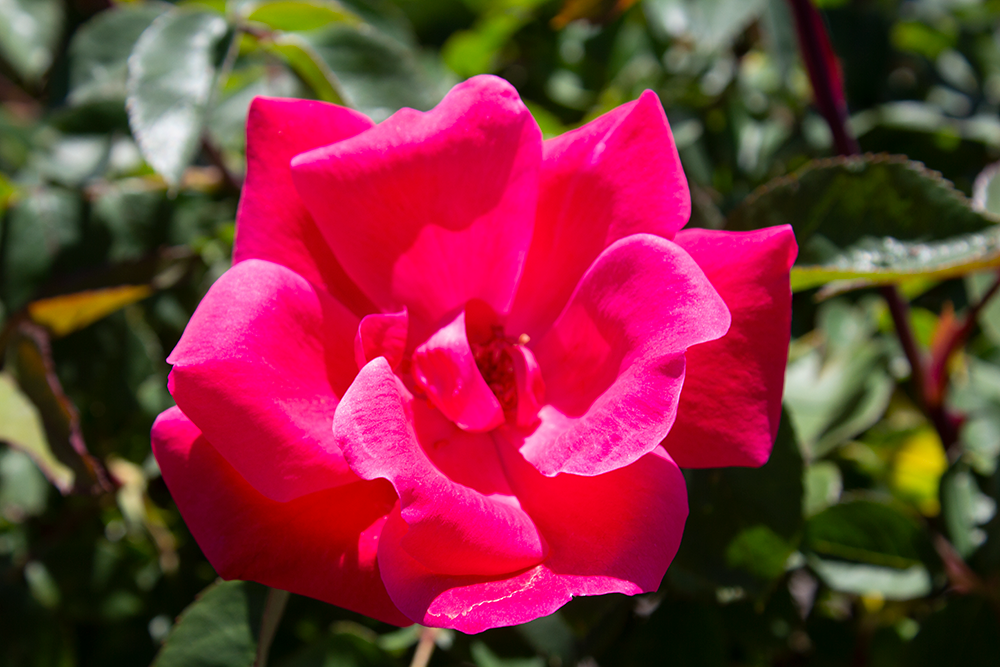
If you have any questions, stop by any one of our three Moana Nursery garden centers or contact us online.
Share
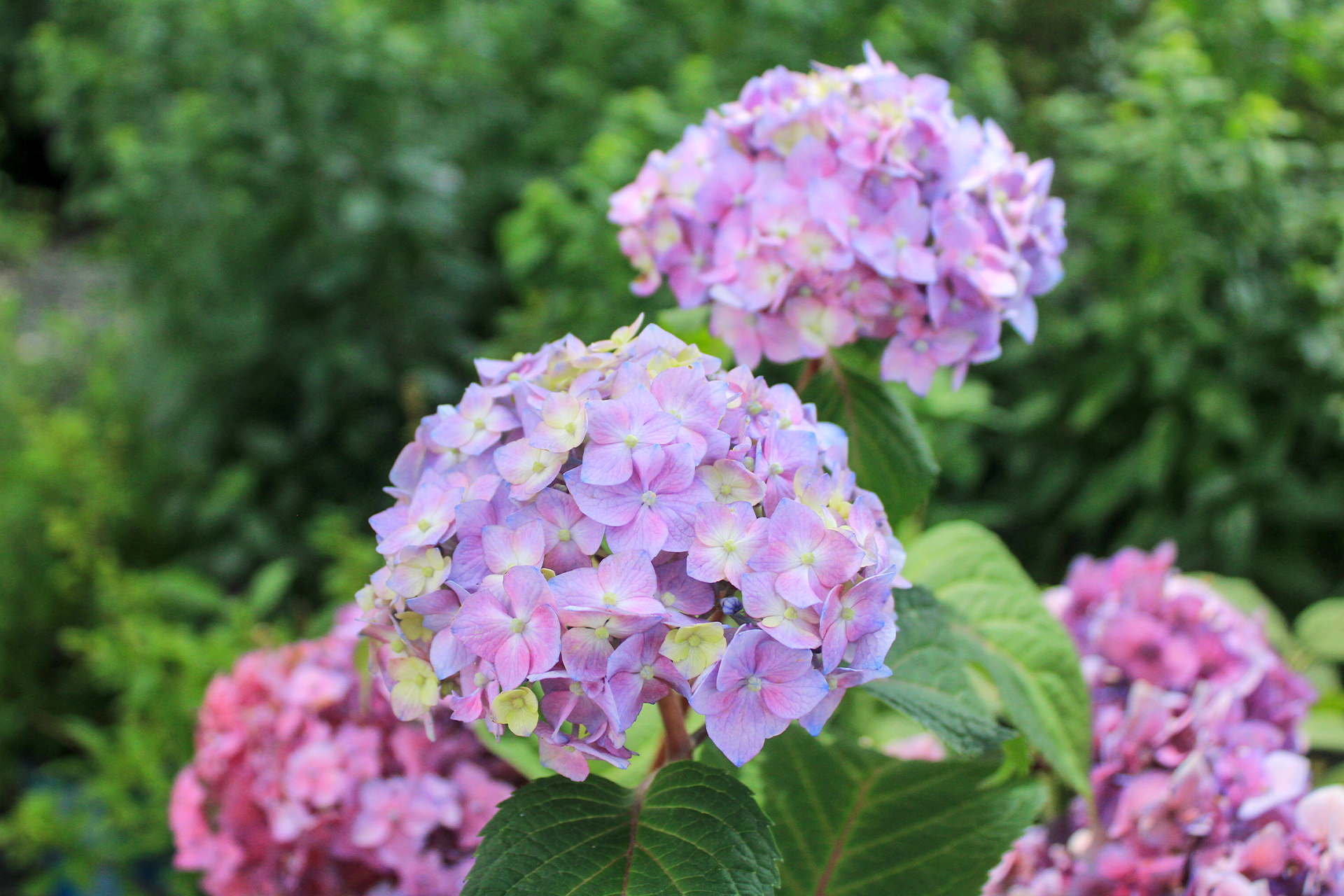
By understanding the specific needs of each hydrangea variety, you can ensure they thrive and continue to enchant with their seasonal displays year after year.
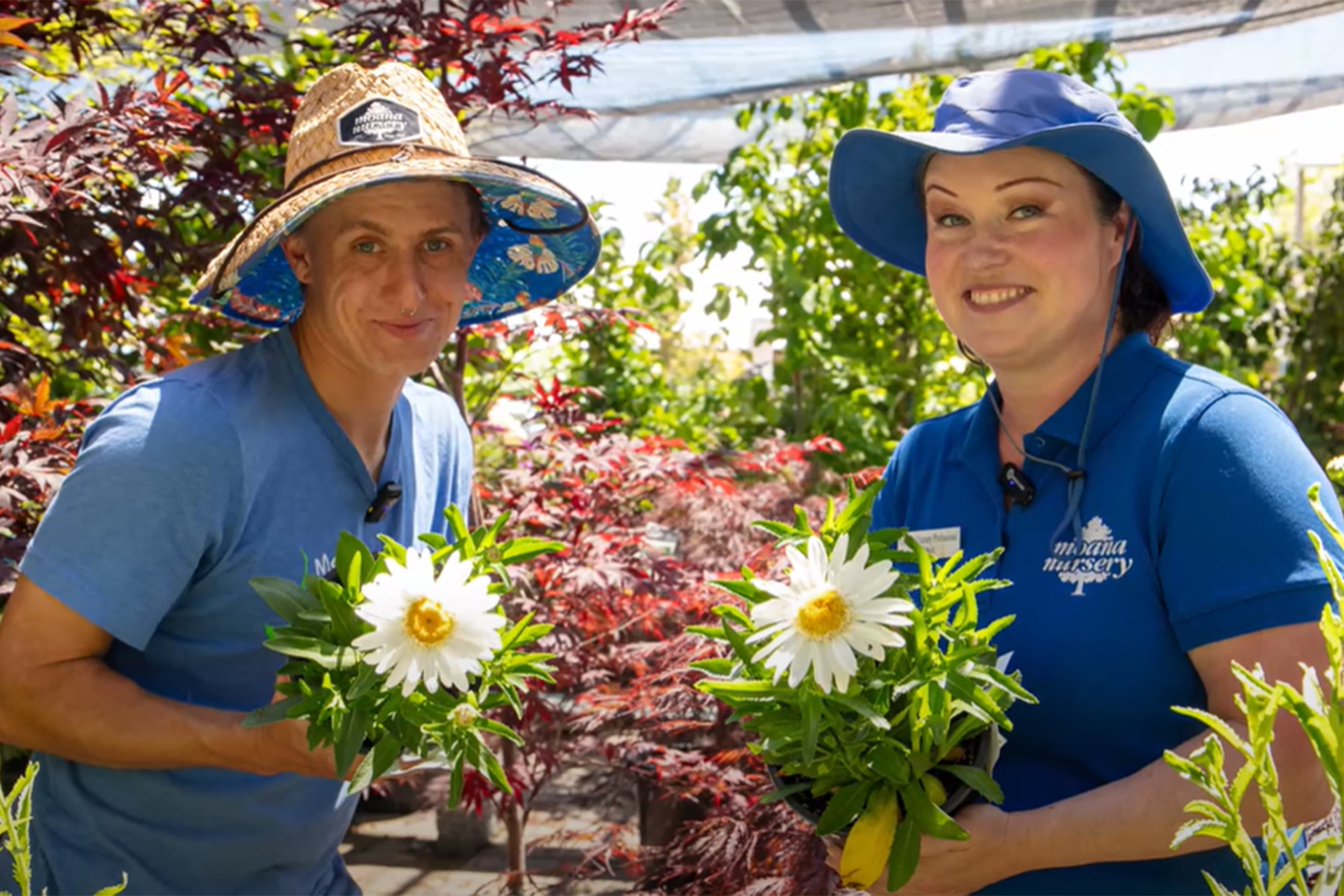
Shasta daisies are a testament to the beauty and resilience that can flourish in the high desert, enhance your garden with their elegance.
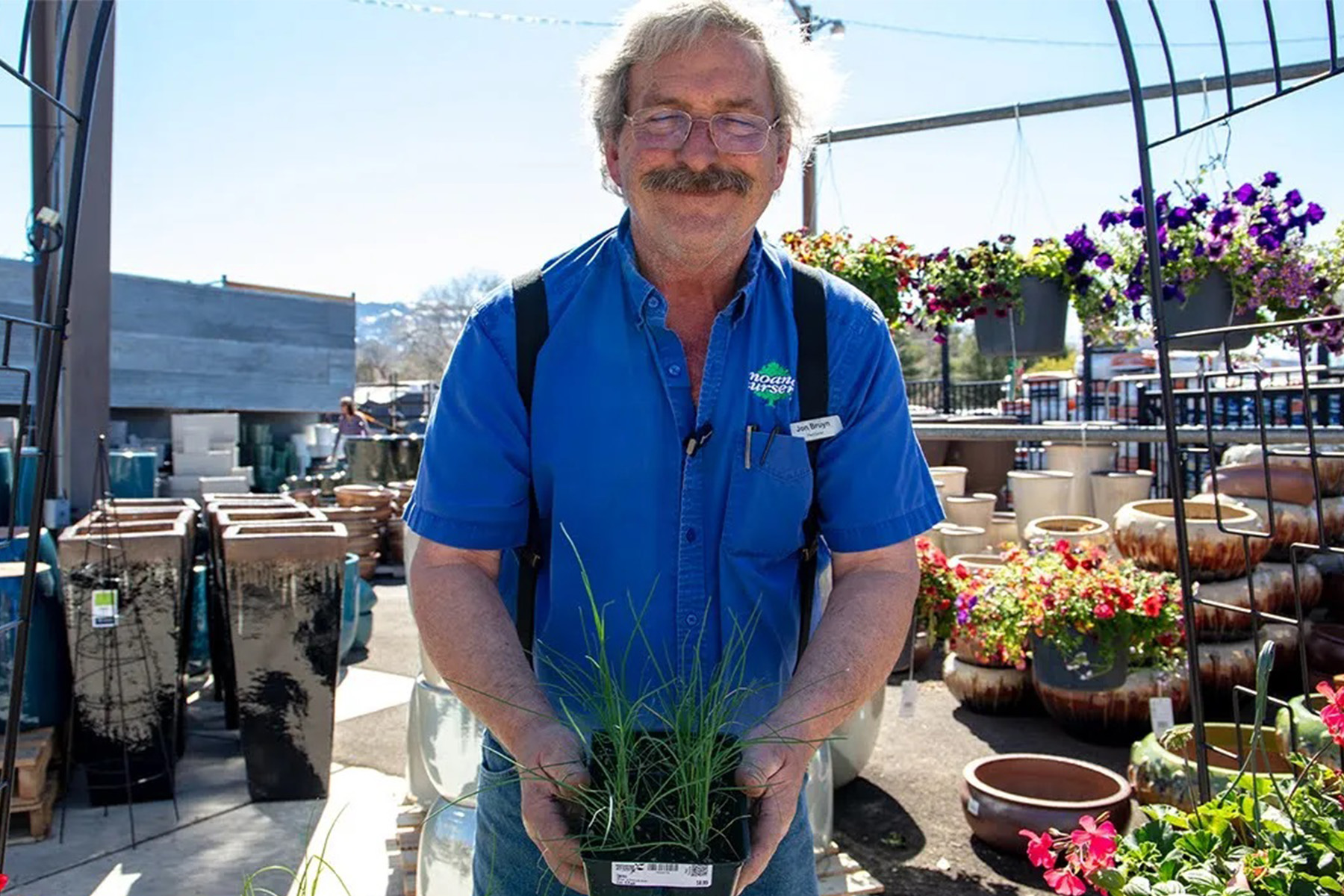
In a world filled with artificial flavors and processed foods, cultivating your own herb garden offers a return to authenticity.
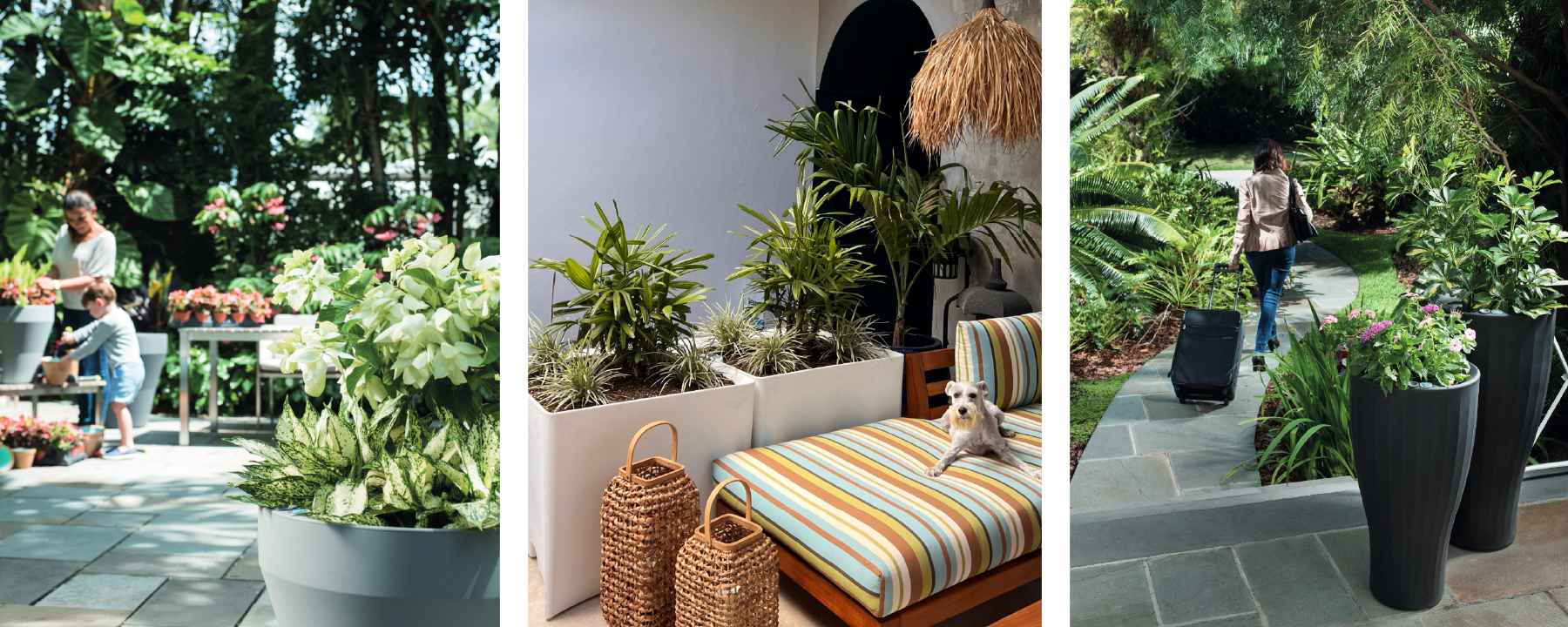
Let's delve into the world of self-watering pots and explore how they're changing the landscape of gardening.
